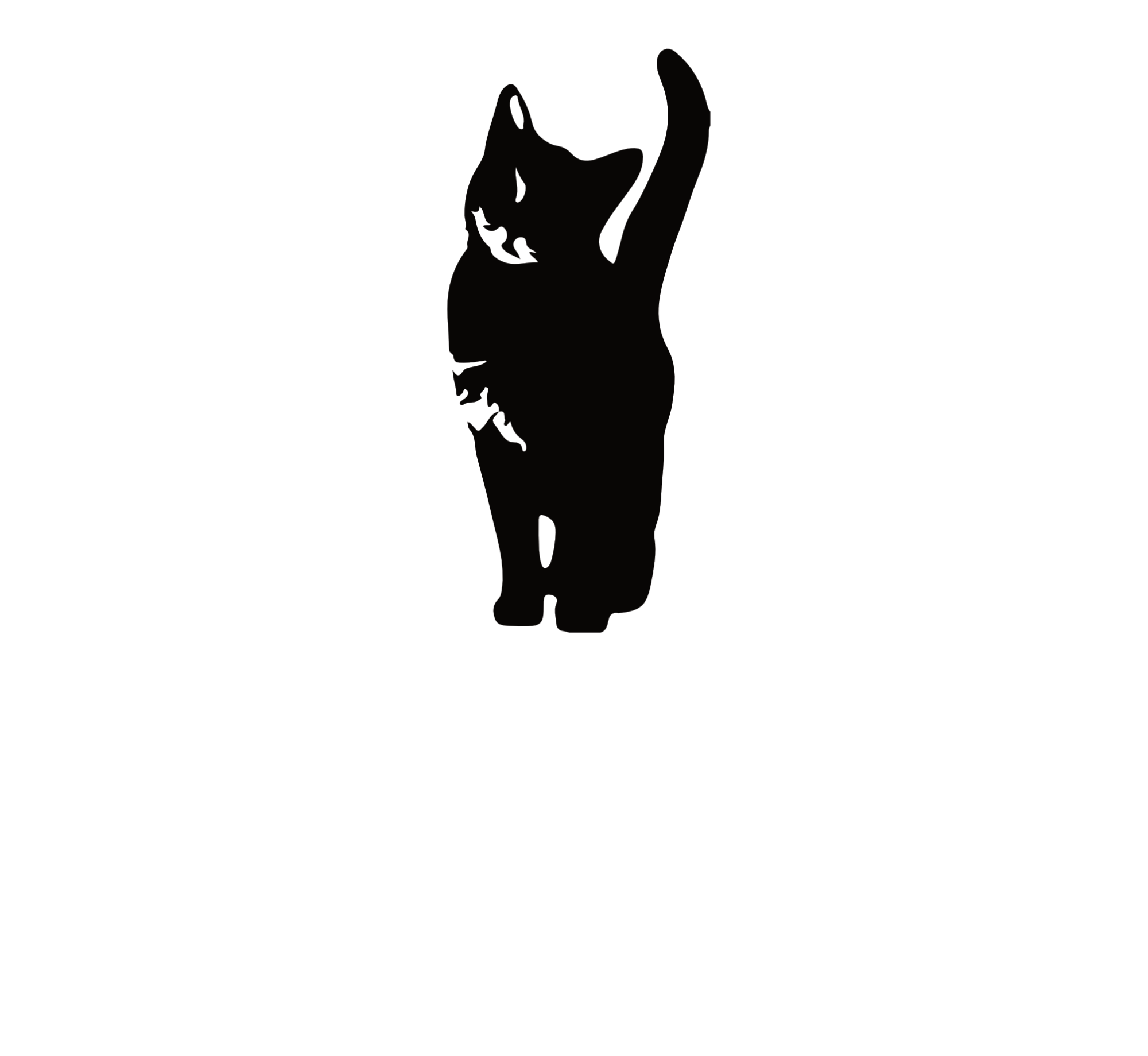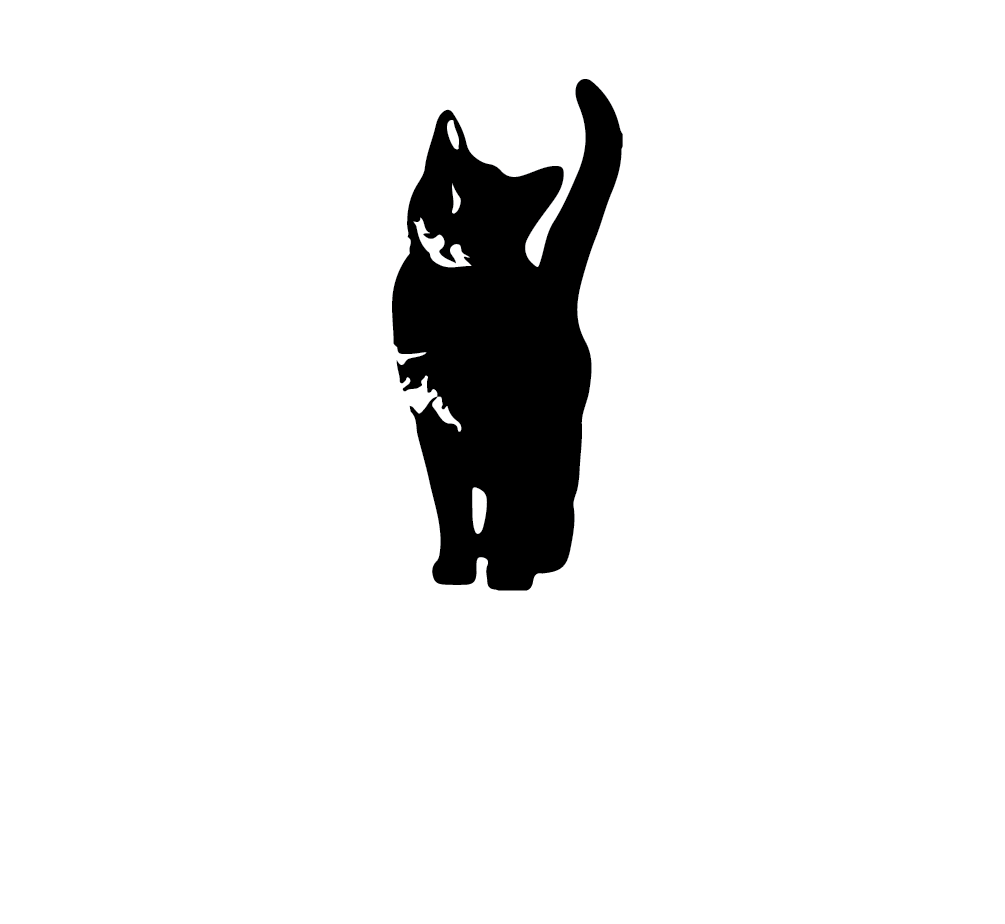In business school we were all taught about the 4 Ps: Price, Product, Promotion, and Place. I remember teaching graduate level Strategic Marketing and the author of the book had decided to also throw in an “S” (Service) to salute the experiential flag. While the four Ps are certainly important, an over reliance and focus on them may have forced entire industries down a myopic product centered hole.
In the hallowed halls of consumer package goods (CPG) where the magic Ps were first conjured and codified we are finding this particular potion, no matter the alchemy employed, lacks the potency it once possessed.
On all sides ‘Big Food’ is under assault and they and the associated adjacencies are suffering. Disruptors on all sides are sourcing more local, organic, and relatable products and brands. Customers are no longer shopping in the middle of the store as much as they are around the edges, if they are shopping in the store anymore at all.
Why?
Many reasons, but the focus on the Four Ps created an overly atomistic and reductionist approach to product development, design, and marketing. It is a formula to be optimized with customer input as the test subject. Like Rhesus Monkeys in some subterranean laboratory, customers are used as stimulus-response subjects to help hone and refine the product. Does this taste sweeter? Does this taste saltier? What do you think of this package? Blue or Red? Do you like it? Why or why not?
Admittedly this approach created some very addictive chicken nuggets and pork chop coatings, but this 1960s approach where the brand manager played the role of the beneficent product god and customers were his flock of “consumers” misses a very important point.
People do not buy products; they buy experiences.
Customers do not buy cereal, they are looking for how to feed their kids in the morning and keep them happy and healthy. They don’t buy dolls or toy cars they buy the experience of playing with that doll or the creative endeavor of creating a make-believe city out of the living room carpet.
This product myopia is not relegated to CPG by any means. Insurance companies are struggling as to how to sell life insurance policies to millennials who fail to see the point. The hospitality industry is trying to assert its relevance over aggressive boutique experience providers. The automotive industry is about to be turned on its head as product planners continue to plan products while young people are increasingly delaying getting a licenseand would rather not own a car if they didn’t have to. It affects almost every industry.
The evidence was in plain sight for a long time, but accelerant has been thrown on experiential fire by millennials and newer generations of the “sharing economy” who view owning stuff as a needless investment when money could be much wisely put toward hiking the PCT or hang gliding in Belize.
So what do we do?
The first important step is we all need to take a step back. Hold hands and chant “we don’t sell products, we sell experiences.” We need to radically re-think how we “do” product development and marketing from the ground up. It is coming to terms that we are not providing a product with features, we are providing an experience.
So how do we proceed from there? The steps are familiar, the substance of doing them may not be.
Who is Your Customer?
First, we need to define who it is we are talking about as customers. Is it one person or many? Is it retirees or school children? Men or women? Defining your customer is more accurately done psychometrically then demographically as one is typically just a surrogate for the other, but nonetheless some kind of profile is better than none as experiential desires vary greatly by individuals. Getting crisp on “who” is very important before we start talking about the what…however, those conversation invariably possess a recursive quality.
What do they Want?
If you ask people what they want different in their Ketchup they will tell you things like size, taste, color and so forth. These are the tangible product attributes that people get their brains and around and we, as researchers, have trained them to talk about. If you get lucky you might have an eureka! moment and find out they want to get the ketchup out of the bottle easier. However, the conversation is always about ketchup.
Reframe
In order to really get to what people want we need to reframe the problem. What is the underlying experience they want to have? How do we get to it? Is it really about ketchup? Or is it about picnics or baseball games?
Customers have a very hard time expressing this in the abstract. The famous quote of customers wanting a faster horse buggy is spot on; customers can’t project their future product needs; that’s our job.
Getting To Experiences
Over the years researchers have come up with different ways of getting to “underlying needs” such as laddering techniques and other project techniques. I think those can work, but have some pragmatic limitations. When we start laddering up to “self-actualization” or “connectedness” as the underlying need, you oftentimes see the look of sheer terror on the product planner and marketers’ face. How does one design to “connectedness”? No, we need something a bit more concrete.
I have found the best way to evoke what people want from their experience is looking at their customer journey today and contrasting that to what that might ideally look like in the future. We are not confining people to attributes, colors, and prices. This involves a mix of observing behaviors, looking at trends, and actually talking to people.
Take for example the founder story of Uber
“On a snowy Paris evening in 2008, Travis Kalanick and Garrett Camp had trouble hailing a cab. So they came up with a simple idea—tap a button, get a ride.
What started as an app to request premium black cars in a few metropolitan areas is now changing the logistical fabric of cities around the world. Whether it’s a ride, a sandwich, or a package, we use technology to give people what they want, when they want it.”
What did Uber do? They took away all of the bad stuff and added in the only the stuff that improved the experience. They didn’t make a better taxi, they re-engineered the experience of getting from point A to point B better.
Experiential Design
So now we understand the journey and it’s time to get to work. Unfortunately, in this new world it is not just the product planning and brand managers at the helm of the Starship Experience, it takes the whole crew. We are creating experiences, and that involves many people including manufacturing, sales, human resources, operations, product planning, marketing, and many facets of the organizations. If you have retail partners, franchisee, or third party installers; this involves them too.
Oh yeah, those pesky “consumers”… we want to talk with them too. In fact, getting the folks together who are using your stuff with those building stuff is a really great way to supercharge the design process. This approached saved Lego’s bacon and others. We have to get everyone to the table with a common understanding of the customer, their journey today, a common vision for the future, and only then can we design.
Also, it’s important to keep it simple and iterative. The iPhone 6 wasn’t created over night; nor was that F-150 or that tasty can of Thai Chili Star-Kist Tuna. Everything thing on this planet evolved from previous iterations that morphed and changed to best survive and thrive in an ever-changing ecosystem. Those ecosystems change, so must the products and services within them. In fact, one tends to influence the other. Experiential design is no different. It is an iterative, learning, and building endeavor.
Less Ps more CX
So are the four Ps irrelevant? Of course not, they are just a subset of other characteristics we need to consider when designing experiences. Tweaks to existing product offerings are still appropriate, but tweaking at the expense of stepping back and looking at the bigger picture is where companies get caught on their heels.
True experiential design involves more than just product configuration and throwing blue crystals into laundry detergent. If you want to survive in this rapidly pulsating environment, long cycle gated product development approaches won’t do. Move quick and iteratively. Check you instruments but not at the expense of stopping the boat. We must be look at what customer really want and then deliver it to them, quickly, and holistically.



